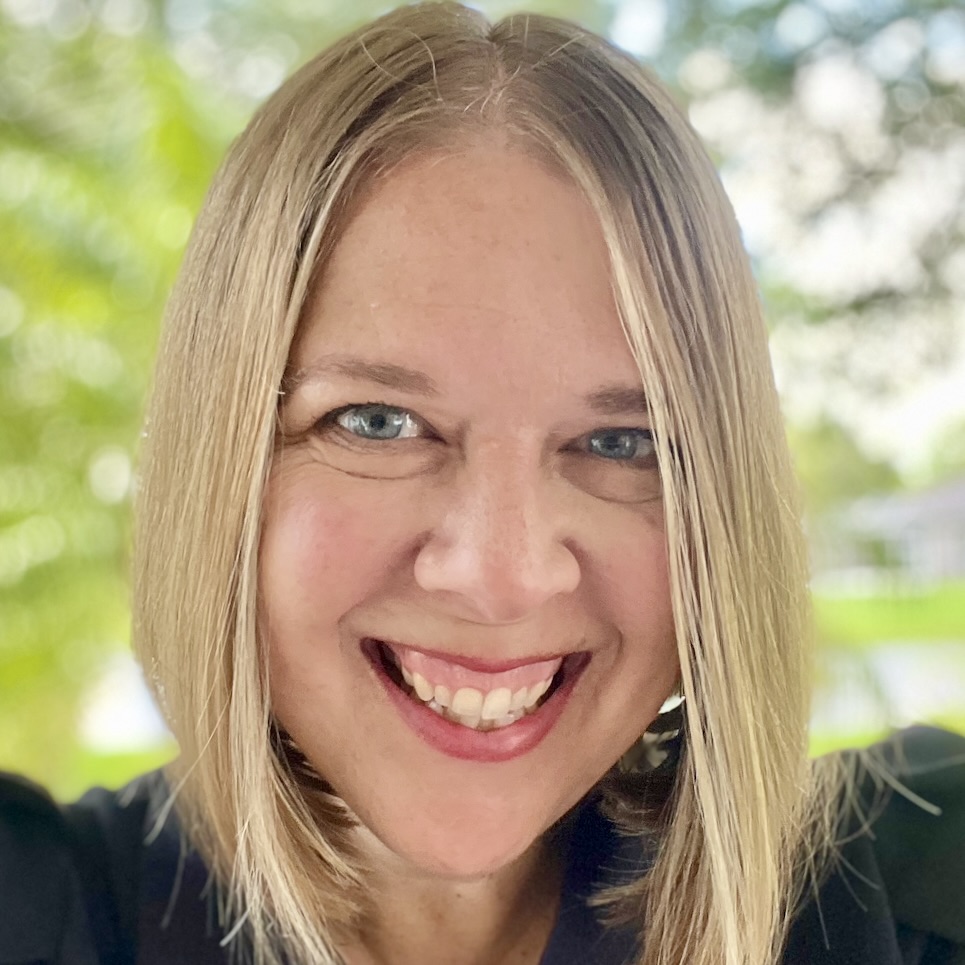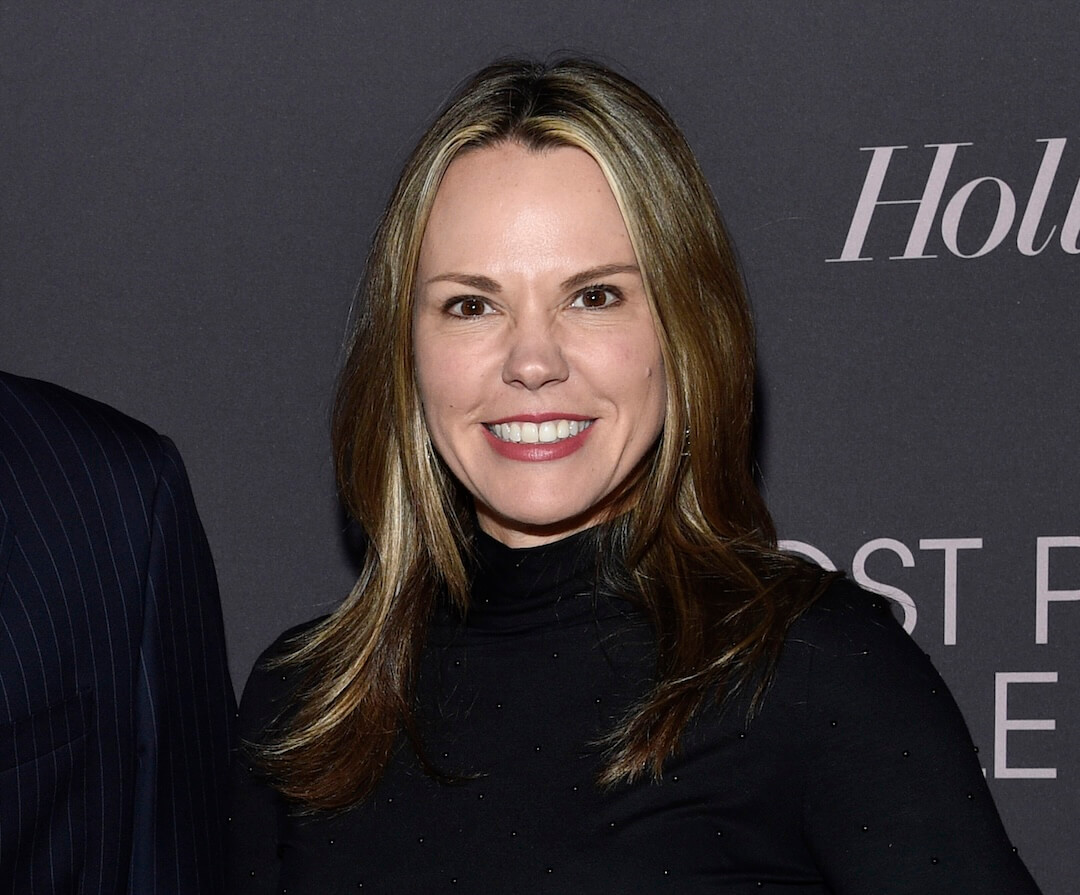Big news hit Texas a few times this year. At the end of August, it was a hurricane. In October, it was a mass shooting.
KERA, Dallas’ public radio station, covered both. And with both, it worked with NPR. But the second time was pretty different from the first.
With Hurricane Harvey, people in the national and local newsrooms got to know each other. They learned whom to contact, how to communicate and what each could bring to the coverage.
With coverage of the church shooting in Sutherland Springs, the process itself was much easier, said Rachel Lindley, KERA’s statewide coordinating editor. They planned who would go to press conferences, who would go to events and what each could work on. They didn’t want to inundate the small town with any more media than necessary.
That still happened, of course.
It always does.
When big news breaks, whether it’s in Houston or Charlottesville or Las Vegas, national outlets parachute in to cover it. That place is then flooded with media. The local newsrooms brace and remind themselves and their communities that they’ll stick with the story long-term. The national newsrooms often do important, meaningful work.
But could it all work differently? Should it?
KERA and NPR are connected through public media. Many TV stations and newspapers around the country share corporate parents and partners. And in all the big news of the past year, they’ve worked together to cover the news.
But is there any way that national and local news organizations that don’t share ownership could still be partners?
There have to be relationships
In Sutherland Springs, KERA shared local knowledge and context. NPR shared research and coverage from Washington that the Texas stations didn’t have the resources to build.
It worked, Lindley said, because they’d already worked together and saw how that benefited everyone.
That relationship is the first, and most fundamental, ingredient for local/national partnerships. Tim Griggs studied national and local partnerships for the Center for Cooperative Media and found that partnerships start with good, low-friction relationships.
But for a lot of newsrooms, that's not how things usually go.
“I think a lot of that exchange from national outlets to local tends to be about extraction,” said Darryl Holliday, editorial director and co-founder of Chicago’s City Bureau.
It’s like when journalists go into communities they never cover until there’s news, he said.
”They don’t want to hear from you when you want something,” he said. “The first message shouldn’t be ‘We want this, can you help us?’”
Organizations such as ProPublica and Chalkbeat are doing it right, he said. So are The Guardian and the Marshall Project, said Stefanie Murray, director at the Center for Cooperative Media at Montclair State University.
But it has to be a partnership, Murray said, not parachuting.
"The first thing that you need to have is trust," said Russell Lewis, NPR's Southern bureau chief. "Not every newsroom knows the other newsroom, can trust the other newsroom, and I think that’s one thing that we actually have and have built up over time."
NPR stations share a connection. But for collaborations between newsrooms that aren’t connected to work, it might take rethinking a lot of what now drives newsrooms.
There has to be a place, and values, for it
“Journalism really loves its traditions, and we love being like, well this is the way we’ve always done it,” said Heather Bryant, a journalist and founder of Project Facet.
The way we’ve always done it includes being competitive and, more recently, measuring success by online traffic. We’re still in a time where you’ll see 47 versions of the same story, Bryant said. That’s because the value, financially, comes from clicks.
So national newsrooms write their own versions of local stories. Often, they link to and quote from the original. And often, she said, they get the context wrong because they don’t get the context at all.
How could this change?
This one’s pretty easy. Bryant thinks that person who’s rewriting news for clicks could, instead, fill an editor role, pick up the phone and call the newsroom where the news originally was reported.
Could they hire that reporter to write a version for them, making the most of the local knowledge while amplifying the story to a bigger audience?
“That’s an easy change to make, and I think it’s way better than doing these large ‘stories’ off somebody else’s original reporting.”
We can also learn how to partner from other industries, Bryant said, including the Centers for Disease Control, which can’t wait until there’s a major health crisis to establish protocols. She wrote about learning from that approach for Nieman Lab's year-end predictions.
“Those systems have to be in place before the event happens,” she said.
Bryant’s working on a project that might make collaboration itself easier: Project Facet. That project, which just launched and is in beta, is focused on creating both infrastructure and an ecosystem for working together. It starts with the relationship, she said, then moves to the platform.
The friction of collaborating, the logistics and communication are big blocks to making that happen, she said. Facet is “the place to do the work. It’s the place to manage the work. It’s the place to coordinate the work.”
And that work, everyone agreed, has to go both ways.
It has to work for both newsrooms
There’s a pretty clear benefit for national newsrooms in working with local ones, Murray said. But partnerships have to be valuable for local newsrooms, too.
“It has to be more than ‘Oh we got our name in The New York Times.”
“When national outlets come with resources and are willing and able to share those with the community, that alone is a benefit,” Holliday agreed.
St. Louis has seen national and international journalists around town since Michael Brown was killed by a police officer in Ferguson, Missouri, in 2014. Mostly, working with other national newsrooms meant sharing photos, said Gilbert Bailon, editor of the St. Louis Post-Dispatch.
“We didn’t sit down and say here’s what we’re doing,” he said.
But he can see how it could be beneficial. Local newsrooms can’t be in as many places as they once could. National newsrooms can put multiple people on a story, and bring in resources the local newsroom doesn’t have, including reporting from Washington.
The Post-Dispatch has partnered recently with The Trace, which covers gun violence.
As long as local newsrooms don’t get big footed, Bailon said, there’s room for sharing.
“When it gets down to it, journalists want good information out there.”
But even if that mindset is in place, there are still lots of things in the way of partnerships.
Some obstacles
If editors at the top don’t buy into partnerships, “it won’t work,” Murray said. “It won’t work.”
Some other issues:
- How do you find local newsrooms to partner with? There are legacy newsrooms and digital ones, startups, TV, radio, nonprofits, hyperlocal and more. There’s no directory.
- Newsrooms have different editorial and style standards, Murray said. How do you figure those out without slowing everything way, way down?
- In a time of shrinking newsrooms, how can partnerships work and not make more work for already overworked local newsrooms?
- How do you communicate in the easiest way possible? NPR has adopted Slack in the past year, Lewis said, and that's allowed people who don't work for NPR into the process.
- How do you work across platforms? Could The Washington Post work with KERA? Could the Post-Dispatch partner with CNN? Each has podcasts, text, video, audio and images. And each exist in different programs and places.
It won’t just be one thing
Openness and willingness to work together is coming, slowly, Bryant said. That’s partly because of shrinking resources. But we need more examples of how this has worked, she said. And we have to talk about success and failures in those collaborations.
If and when national and local newsrooms collaborate on breaking news, it will come in many shapes and sizes, she said.
Having a database or a clearinghouse would make the process much easier, Murray said, and possibly allow newsrooms to search for partnership by topic, too.
“That’s super idealistic, but some of the platforms like Google or Facebook, they have the tools and the data to help do something like that.”
So what if, when big news broke, national news organizations picked up the phone and called local ones instead of booking plane tickets? Could national work make local work stronger with resources? Could local work make national work stronger with access and context?
These questions aren’t new, and hints of their answers are out there, from the Columbia Journalism Review, the Democracy Fund and more.
Maybe organizations that work with local newsrooms, such as LION Publishers or INN (Institute for Nonprofit News), could connect national to local, said Democracy Fund's Teresa Gorman. Maybe The Washington Post could expand its freelance network to build relationships with local newsrooms. Maybe one organization could serve as the fixer for national newsrooms she said.
However it works, it has to happen before news breaks, Lewis said, giving newsrooms the time to get to know each other and what each can bring. At NPR, the recent collaborations wouldn't have been possible 10 years ago, Lewis said.
Now, it's just part of how they work.
"It's always our goal to work together, to plan together to start together," he said, "and I really do believe that we are stronger together when we work together."
Correction: This story has been edited to reflect the correct group associated with INN.







